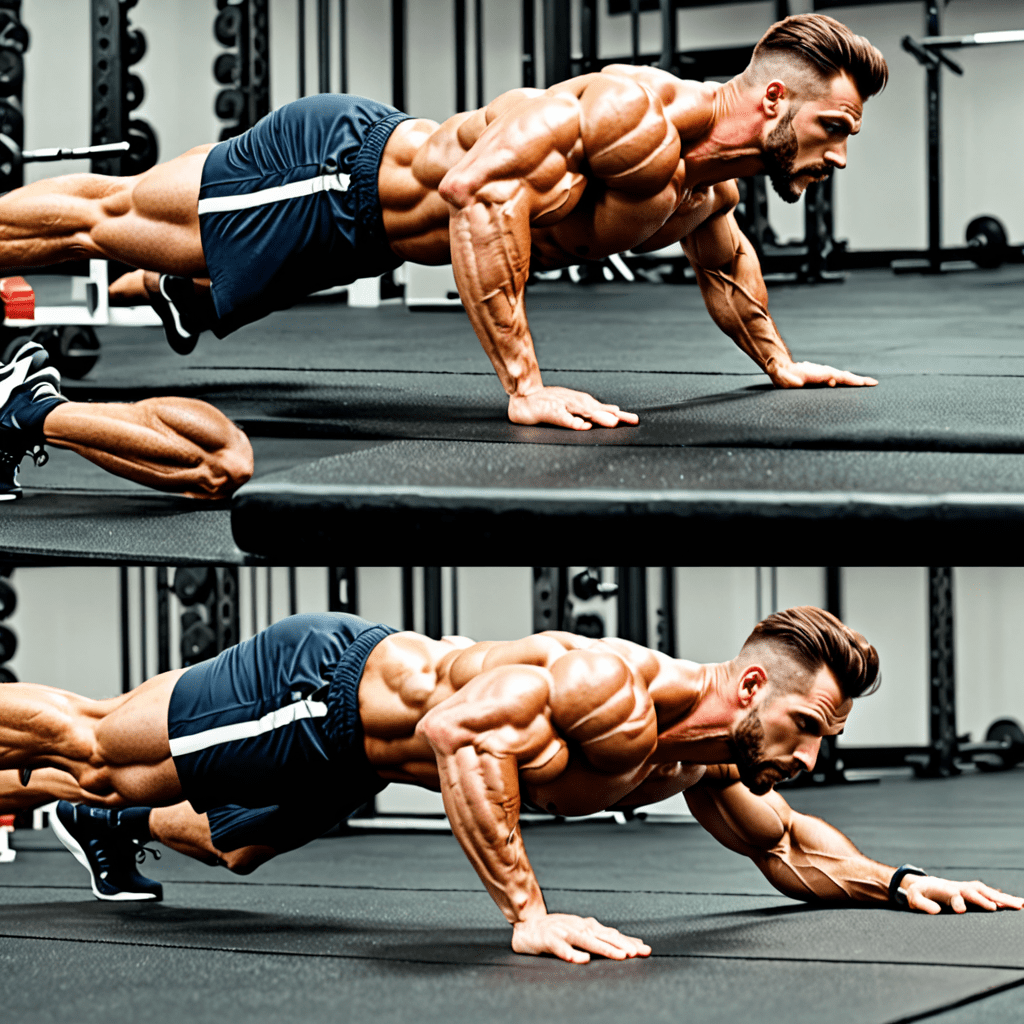
Cardiovascular Exercises for Improved Muscle Power
Enhancing muscle power is crucial for various physical activities and overall fitness. Cardiovascular exercises play a significant role in this process, helping individuals develop explosive strength and athletic performance. This article explores the connection between cardiovascular exercises and muscle power, providing insights into the types of exercises, optimal training parameters, and benefits of incorporating them into a fitness regimen.
1. Introduction to Cardiovascular Exercises and Muscle Power
Cardiovascular exercises, often referred to as aerobic activities, involve rhythmic and sustained movements that elevate the heart rate and increase blood flow to the muscles. These exercises not only enhance cardiovascular health but also contribute to the development of muscle power. Muscle power refers to the ability of muscles to generate force quickly and effectively, which is essential for activities such as sprinting, jumping, and weightlifting.
2. Understanding the Role of Cardiovascular Exercises in Muscle Power Development
Cardiovascular exercises improve muscle power through various mechanisms. These exercises enhance oxygen delivery to the muscles, providing the necessary energy for powerful contractions. Additionally, they stimulate the release of growth hormones, which promote muscle growth and repair. Furthermore, cardiovascular exercises increase muscle fiber recruitment, allowing for greater force production during explosive movements.
3. Types of Cardiovascular Exercises for Enhanced Muscle Power
A range of cardiovascular exercises can contribute to muscle power development, including:
- High-Intensity Interval Training (HIIT): Involving alternating periods of intense bursts of exercise with brief recovery intervals, HIIT effectively improves muscle power and cardiovascular fitness.
- Plyometric Exercises: These explosive movements, such as jump squats and medicine ball throws, enhance muscle power by utilizing the stretch-shortening cycle.
- Resistance Training with Cardiovascular Component: Incorporating resistance exercises into a cardiovascular routine, such as weighted lunges with a jump, challenges the muscles and improves power output.
- Running Sprints: Sprint intervals interspersed with rest periods stimulate muscle power and enhance anaerobic capacity.
- Cycling: Engaging in intense cycling sessions can effectively develop leg muscle power, particularly when incorporating hill intervals.
6. Warm-Up and Cool-Down Strategies for Maximizing Results
Effective cardiovascular training for muscle power requires proper warm-up and cool-down strategies. A warm-up prepares the body for the intense activity by gradually increasing heart rate and muscle temperature. This helps reduce the risk of injuries and improves exercise performance. A cool-down allows the body to transition from high-intensity exercise to a resting state, facilitating muscle recovery and reducing soreness.
7. Benefits of Cardiovascular Exercises for Muscle Power
Incorporating cardiovascular exercises into a fitness regimen provides numerous benefits for muscle power development, including:
- Enhanced explosive strength and athletic performance
- Improved muscle fiber recruitment and activation
- Increased oxygen delivery and energy production
- Stimulated growth hormone release for muscle growth and repair
- Improved cardiovascular health and overall fitness
8. Considerations for Individuals with Underlying Health Conditions
Individuals with underlying health conditions should consult with a healthcare professional before engaging in cardiovascular exercises for muscle power development. Certain conditions, such as heart disease, may require modifications to exercise intensity or duration. Proper medical advice ensures a safe and effective training program.
9. Tips for Effective Cardiovascular Training for Muscle Power
To optimize cardiovascular training for muscle power, consider the following tips:
- Prioritize compound exercises that engage multiple muscle groups.
- Incorporate resistance into cardiovascular exercises, such as weighted lunges or sprints with a resistance band.
- Progressively increase intensity and duration to challenge the muscles and promote adaptations.
- Ensure adequate rest and recovery between training sessions.
- Focus on proper form to maximize muscle activation and minimize the risk of injuries.
10. Conclusion: The Importance of Cardiovascular Exercises for Improving Muscle Power
Cardiovascular exercises hold immense value for individuals seeking to enhance muscle power. By understanding the mechanisms involved and incorporating effective training strategies, individuals can harness the benefits of cardiovascular exercises to develop explosive strength, improve performance, and achieve their fitness goals. Whether aiming for athletic excellence or overall well-being, cardiovascular exercises play a crucial role in maximizing muscle power and enhancing physical capabilities.
FAQ:
Q: What are the most effective cardiovascular exercises for muscle power development?
A: High-intensity interval training (HIIT), plyometric exercises, resistance training with a cardiovascular component, running sprints, and cycling are recommended.
Q: How long should I train for to improve muscle power?
A: The optimal duration depends on individual fitness levels and goals. Gradually increase training time and intensity over time.
Q: How often should I train for muscle power?
A: Regular training is key. Aim for 2-3 sessions per week, allowing for rest and recovery in between.
Q: What are the benefits of incorporating cardiovascular exercises into a muscle power workout routine?
A: Enhanced explosive strength, increased muscle fiber recruitment, improved oxygen delivery, stimulated growth hormone release, and improved cardiovascular health.


